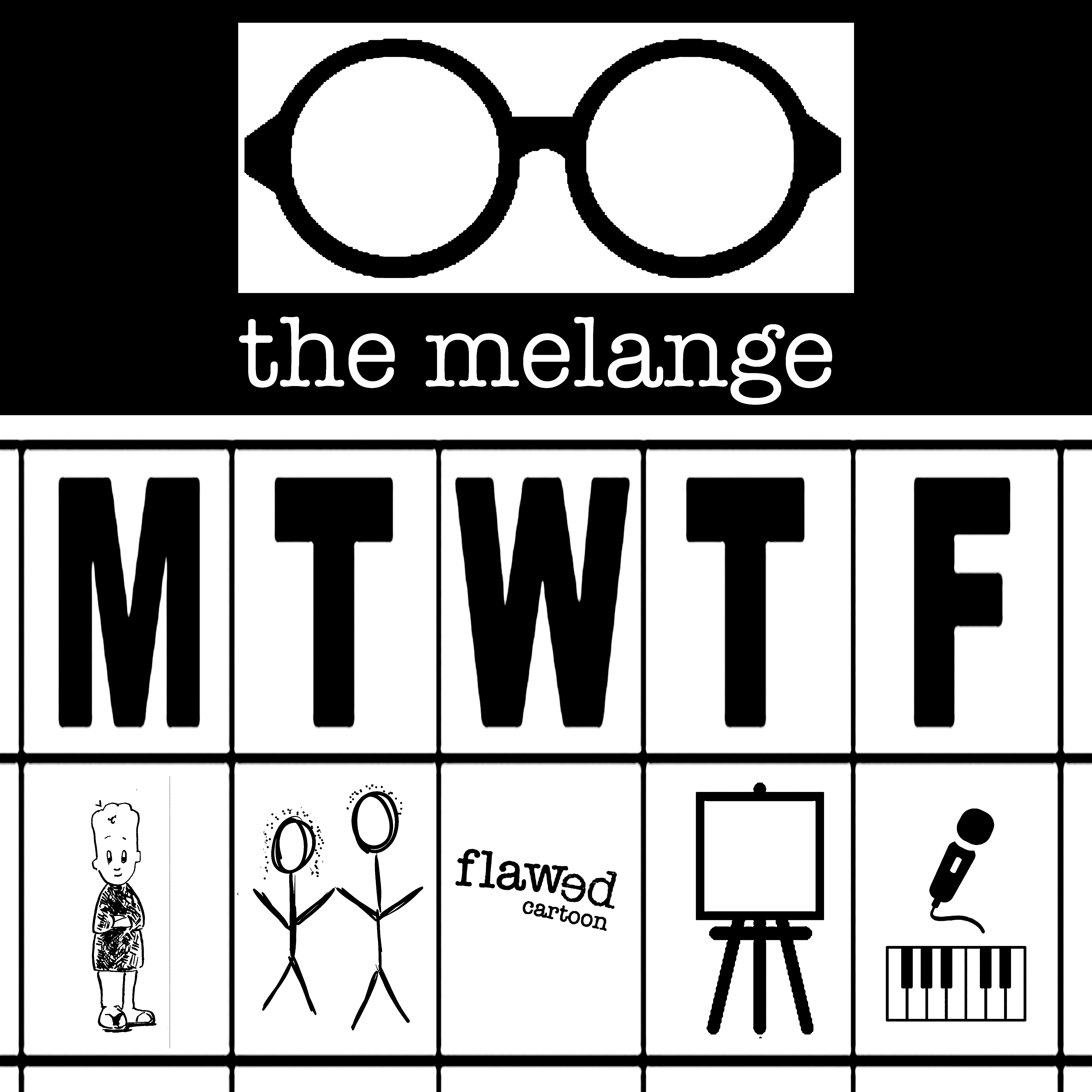There was a time when humans didn’t know how to translate three dimensional space into a two dimensional rendering. We either had no capacity for understanding visual perspective or no reason to pursue it. Art was symbolic, purely. And then came Brunelleschi. An architect. Linear perspective, a mathematical construct, became all the artistic rage. The wilds of symbol met the dictates of the representational. Horizon lines and vanishing points, the one-two step of perspective danced into the arts in a crazy time we know as the Renaissance. A painting could pull us into its world. The ghost of the ancient Greeks whispered 15 centuries into the future.
With perspective came a wholly new set of questions. The magic of math. The study of nature. How close can we come to understanding how things work? What are the secrets driving the universe and what we see? What lurks behind and beyond the symbol? What do we not see?
The trees in Kerri’s photo are roughly the same size. The trees retreat into the distance so the furthest tree appears to be smaller, the closest tree taller. It’s an illusion that we take for granted, so steeped are we in the necessities of perspective. The smallest child with a crayon wouldn’t care or perhaps even see the distance. They’d happily scribble the symbol: tree. An older child would put down their crayon and insist that they couldn’t draw because the magic of perspective is intimidating. Trying to “capture” reality in two or three dimensions is a tall order. Trying to place yourself and others inside it is overwhelming.
On this foggy day on the coast of Lake Michigan, I admire the perfect lesson in perspective taught by the trees stretching out in front of me. The fog brings to mind string-theory and the mathematics of multiple realities existing in a single space or Stephen Hawking’s bubble theory, many many universes brushing each other as they pass. What would Brunelleschi think of that? Follow the lines of perspective far enough and it becomes necessary to sail beyond the known horizon. Expressionistic. Conceptual.
Both Picasso and Einstein broke apart our understanding of space and invited an entirely new form of perspective into our conversation. The mystic and the mathematical. Multiverse and many dimensions.
Standing in the park, fingers cold, swallowed by the dense fog, I am a lucky child with a crayon knowing that all I can manage to do is scribble.
read Kerri’s blogpost on PERSPECTIVE
like. share. support. comment. many thanks.
Filed under: Art, Creativity, Flawed Wednesday, Language, Metaphor, Perspective | Tagged: 2-D, 3-D, artistry, Brunelleschi, conceptual, david robinson, davidrobinsoncreative.com, dimensional space, dimensions, Einstein, expressionistic, horizon, horizon line, Kerri Sherwood, kerri sherwood itunes, kerrianddavid.com, kerrisherwood.com, linear perspective, math, multiverse, nature, perspective, Picasso, renaissance, secrets, space, Stephen Hawking, story, string theory, studio melange, symbol, the melange | 2 Comments »










